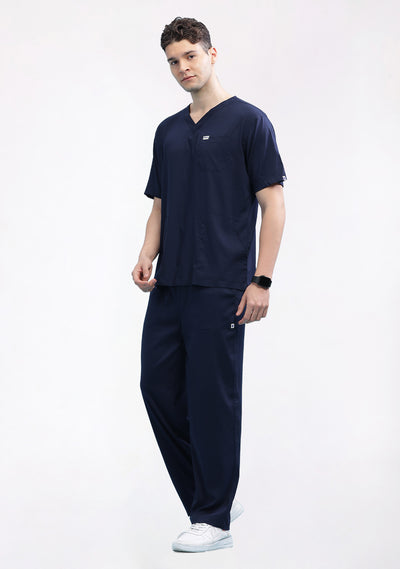
For medical professionals, comfort is paramount when it comes to workwear. After all, healthcare workers often spend long shifts on their feet, moving from one patient to another, with barely...

Understanding the Difference Between Loose Skin...
Two factors that can affect how our bodies look and feel are loose skin and fat. They are fundamentally different in nature and require distinct approaches for management and improvement....

Difference Between Scrotum and Testicles
The scrotum and testicles are integral components of the male reproductive system, each with distinct structures and functions.They are closely related and function together during the reproductive process, they are...
Difference Between Scrotum and Testicles

What is The Function of Scrotum?
The scrotum is a small but important portion of the male reproductive system that serves multiple functions. This plays a key role in maintaining the health and functionality of the...
What is The Function of Scrotum?

Difference Between Stomach and Abdomen Pain
The terms "stomach pain" and "abdominal pain" are frequently used interchangeably; they relate to distinct types of discomfort that affect different areas of the body. Stomach pain refers specifically to...
Difference Between Stomach and Abdomen Pain

Difference Between Belly and Stomach
MRI and CT scans are crucial tools in the diagnosis and therapy of abdominal diseases.Both the scans come under imaging techniques used in modern medicine.MRI excels in providing detailed images...
Difference Between Belly and Stomach

Difference Between Bladder Infection and UTI
Bladder infections, also known as cystitis, specifically affect the bladder and often result in symptoms such as frequent urination, pain, and discomfort in the lower abdomen. On the other hand,...
Difference Between Bladder Infection and UTI

Difference Between Upper UTI and Lower UTR
Urinary tract infections (UTIs) can occur in different parts of the urinary system, including the bladder, urethra, ureters, and kidneys. They are generally classified into upper UTIs, which affect the...
Difference Between Upper UTI and Lower UTR

Difference Between Ureter and Urethra
The ureter and urethra are both integral parts of the urinary system, but they have distinct functions and anatomical locations. The ureter is a muscular tube that transports urine from...
Difference Between Ureter and Urethra

Difference Between Pathological and Physiologic...
Difference between Pathological and Physiological Jaundice: Jaundice in newborns can be classified into Physiological and Pathological types. Physiological Jaundice, occurring after 24 hours of birth and resolving within two weeks,...
In the spotlight
Shop our bestsellers
























